Lions are magnificent creatures often referred to as the “kings of the jungle,” famous for their noble appearance and dynamic social structures. Unlike many feline species, lions are predominantly social and thrive on complex interactions within their prides. Understanding how lions hunt as a team gives us insights into their survival mechanisms and the intricacies of their familial bonds.
The Structure of a Lion Pride
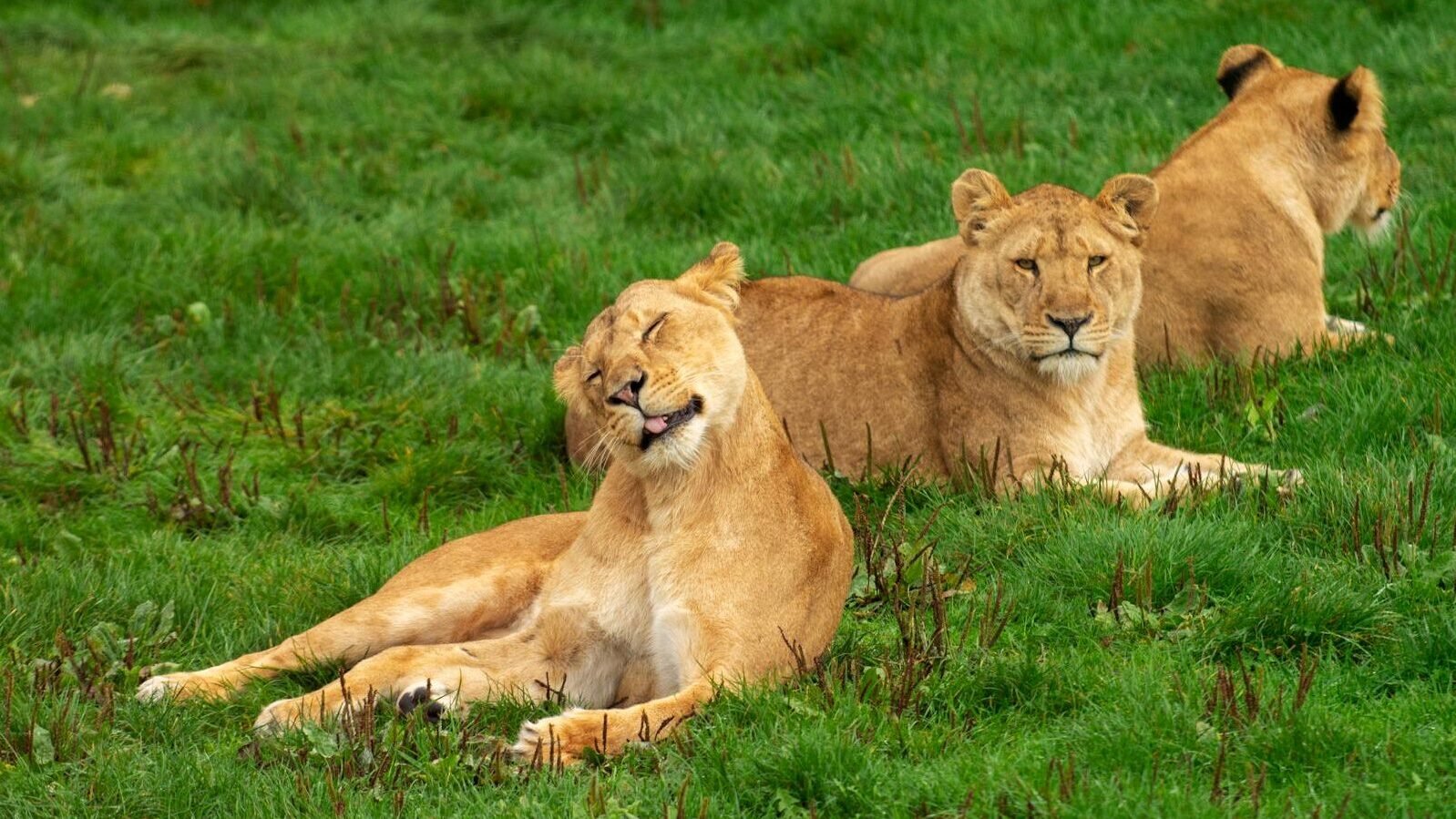
A lion pride typically consists of multiple related females, their young, and a coalition of one to three adult males. The size of a pride can vary, but it usually ranges from 15 to 30 lions. Each member plays a crucial role in maintaining the survival and well-being of the group, especially when it comes to hunting.
Gender Roles within a Pride
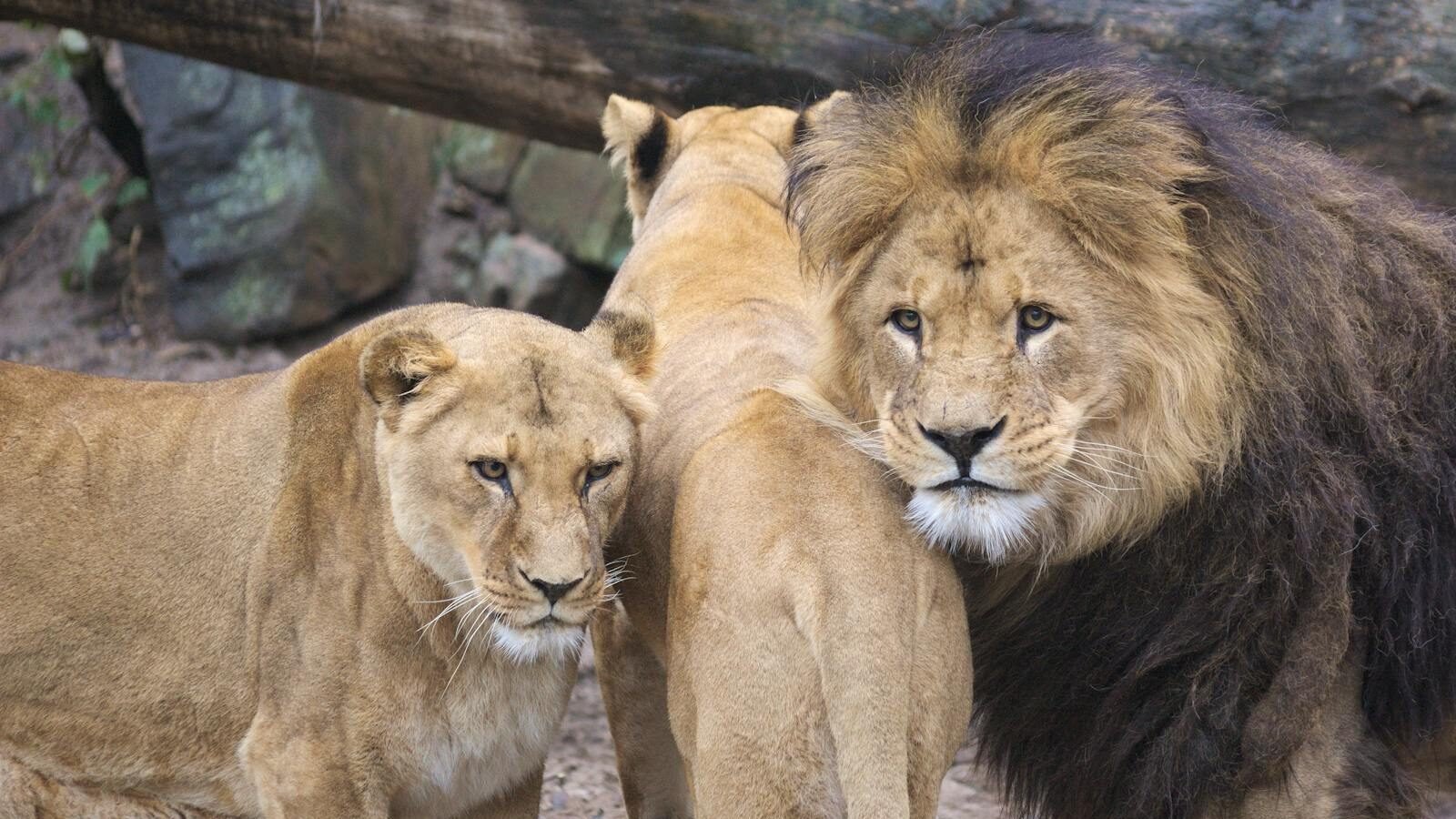
Photo by Werner Hilversum via Pexels.
In a lion pride, females are the primary hunters. Their smaller size compared to males makes them more agile and effective in pursuing prey. Male lions, on the other hand, are tasked with protecting the pride’s territory and offspring. However, they do participate in hunting larger prey when their strength is an asset.
Communication and Coordination During Hunts
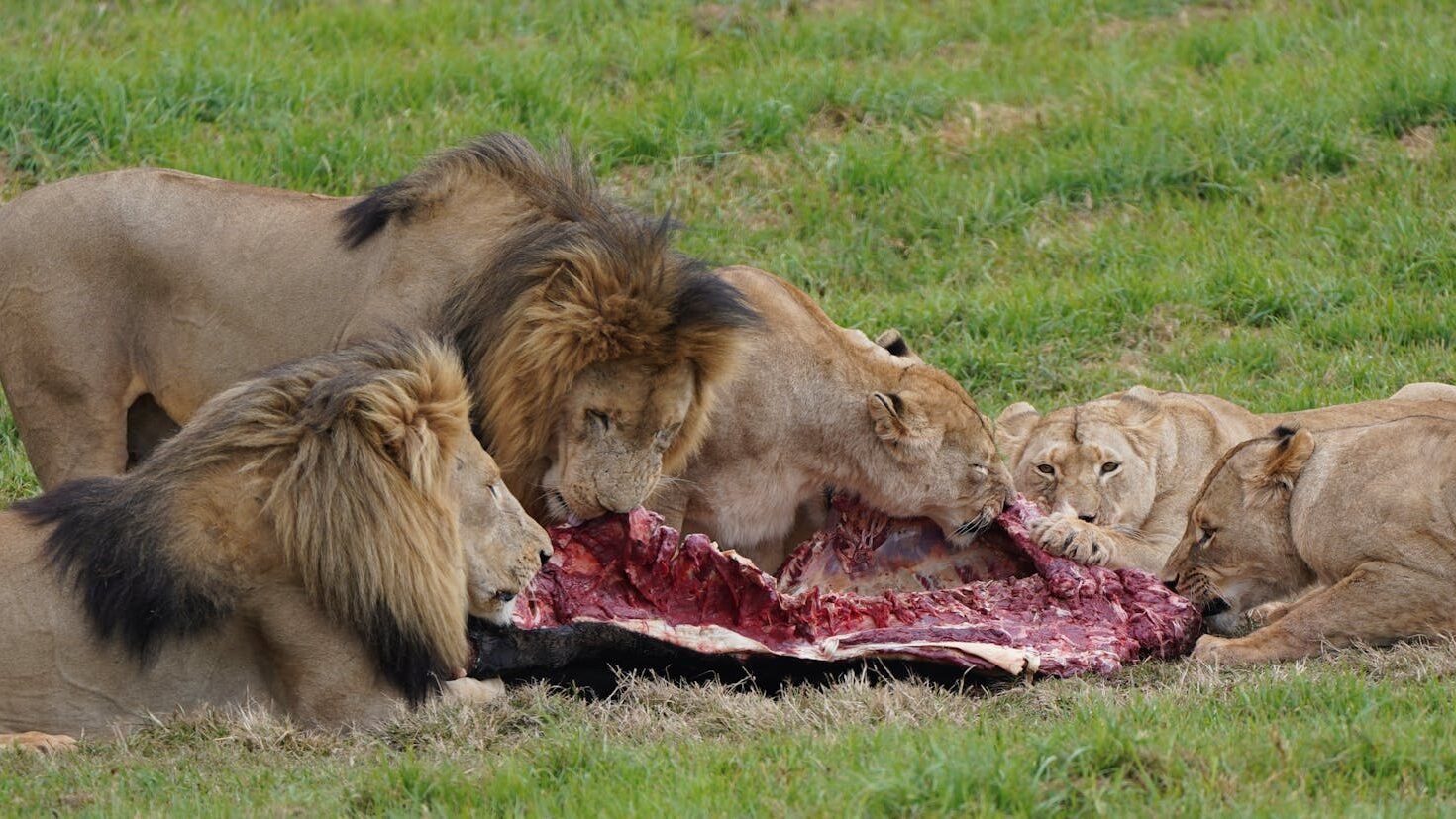
Lions rely heavily on vocal and non-verbal communication to coordinate their hunts. Vocalizations, body postures, and tail movements all serve as signals to maintain synchronization and maximize efficiency. This coordination is crucial as it increases the odds of a successful hunt, lessening the risks involved in pursuing potentially dangerous prey.
Selection of Prey

Lions are opportunistic predators, targeting a wide array of prey animals such as zebras, wildebeests, antelopes, and occasionally smaller game if larger prey is scarce. The decision on which prey to target depends on availability, the nutritional needs of the pride, and the physical condition of both the predators and the prey.
Stalking: The Art of Stealth

The hunting process begins with stealth. Lions crouch low to the ground, silently approaching their unsuspecting prey. This step is pivotal as it allows them to get within striking range, minimizing the distance for a final, rapid chase. Lions often hunt under the cover of night to further enhance their chances of a successful catch.
The Chase and Capture
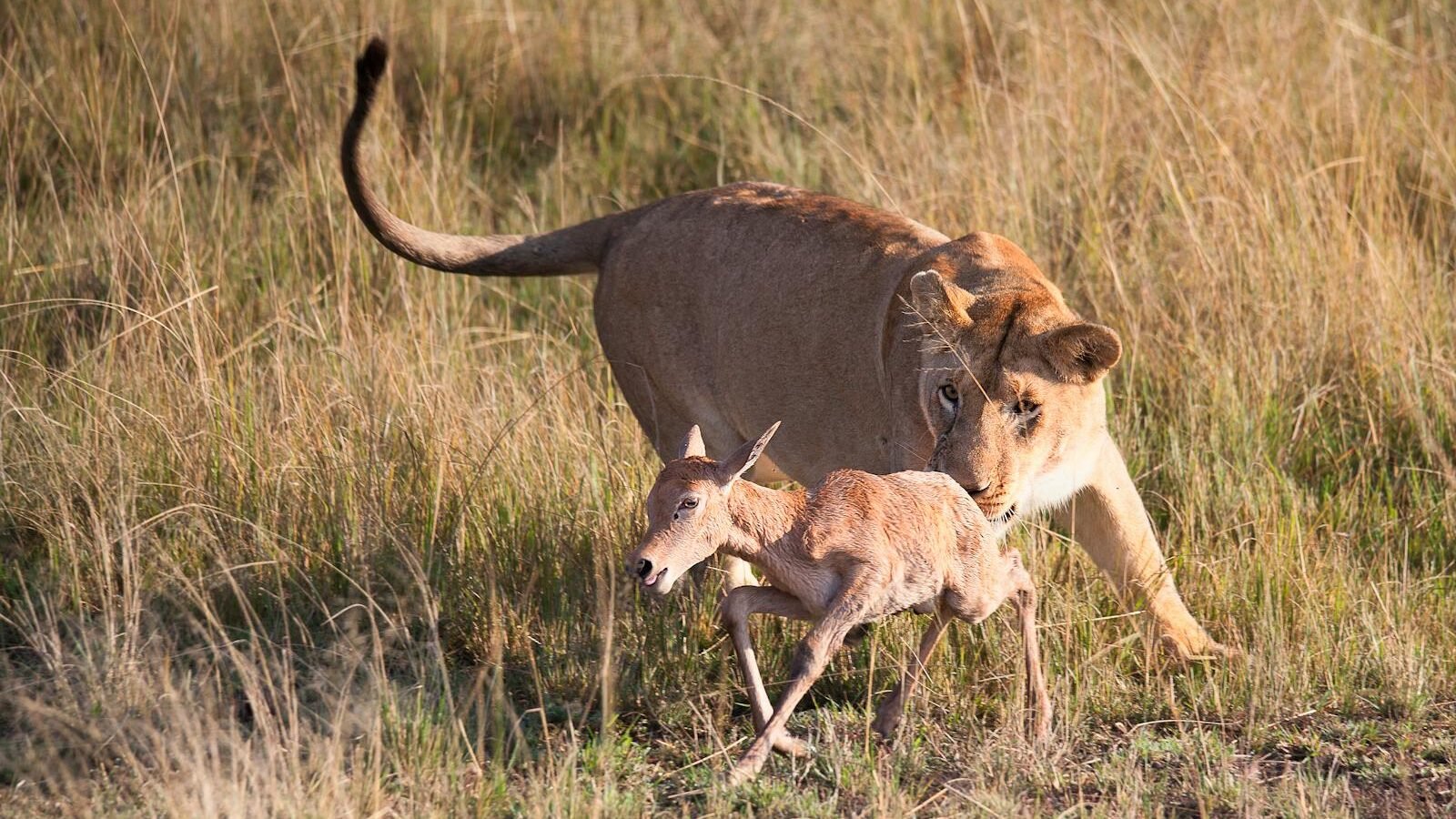
Once within range, the lions burst into a sprint, targeting either the closest or weakest members of the prey herd. The chase is strategically calculated to result in one or more lions cutting off escape routes, boxing in the prey. Their powerful legs and sharp claws play crucial roles in bringing the animal down, usually by grabbing onto the hindquarters or neck.
Utilizing Teamwork to Overcome Challenges
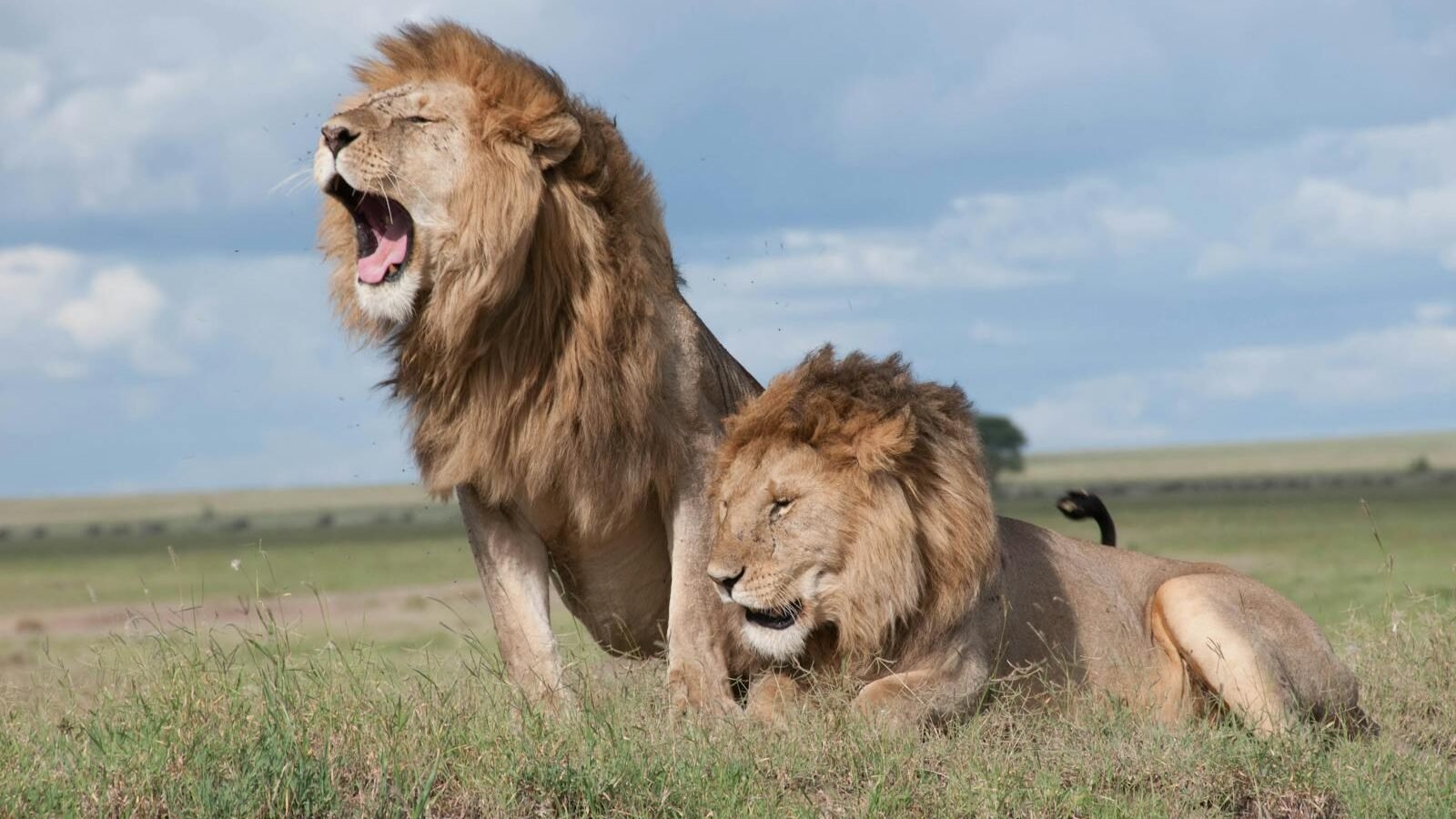
Teamwork is a lion pride’s greatest strength when hunting. Larger prey like buffalo or giraffes pose significant challenges, requiring multiple lions to subdue the animal safely. By working together, lions can manage the size and power of their prey, reducing individual risk of injury.
Learning Through Experience

Lion cubs, although not directly involved in hunting initially, observe and learn from older pride members. This learning phase is crucial and occurs through play, mimicry, and eventually participation. Their innate hunting instincts are honed through experience and guidance from seasoned hunters within the pride.
The Role of the Kill in Pride Dynamics
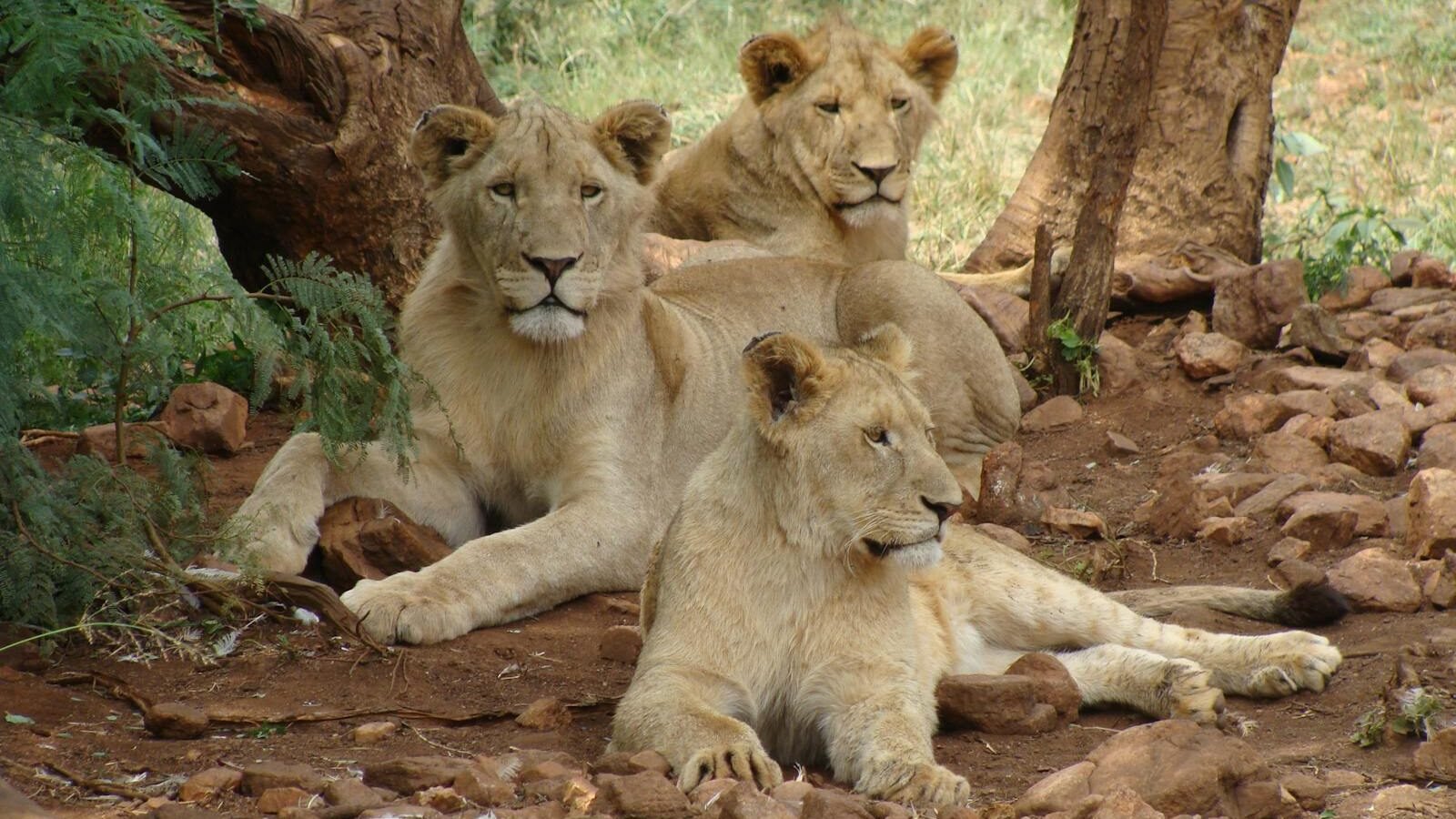
Once a successful kill is made, the social dynamics of the pride play out at the feast. Males usually eat first, followed by females and cubs. This feeding hierarchy ensures the dominant role of males is respected, reinforcing social bonds within the pride. Despite this apparent hierarchy, lionesses’ contributions as hunters are vital to the pride’s survival.
Conclusion: The Power of Social Cooperation
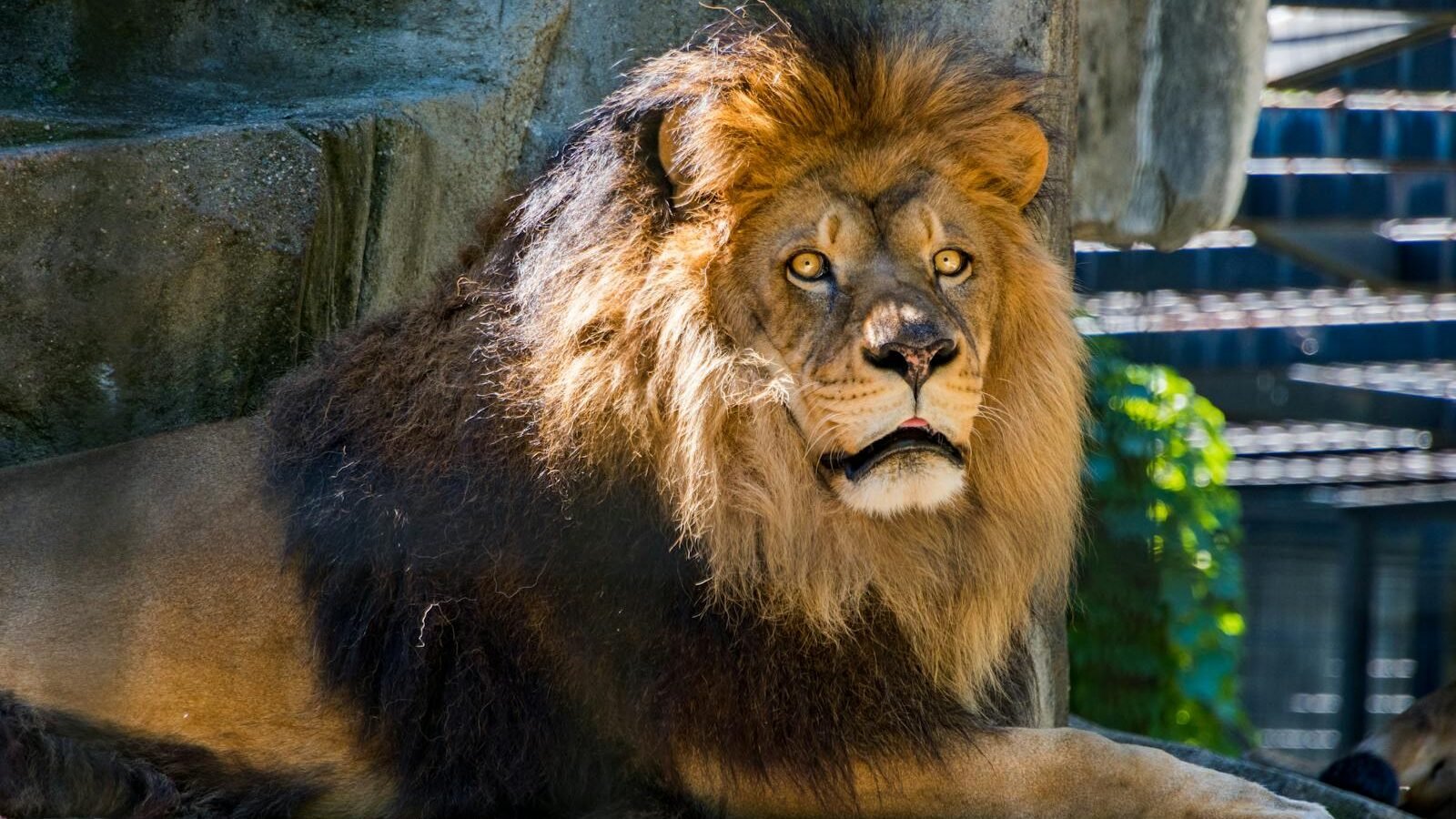
Lions, with their majestic presence and complex social structures, demonstrate the power of cooperation and teamwork in the animal kingdom. Their hunting practices are a testament to the strength of unity and strategic communication. By examining how lions hunt as a team, we gain a greater appreciation for the sophisticated dynamics that govern their lives and maintain the balance within their ecosystems.

With over a decade of experience as a dedicated cat lover and enthusiast, I specialize in writing captivating content about all things feline. My expertise shines through in creating engaging and informative pieces that resonate with fellow cat lovers. As a proud cat parent to my beloved Duston, my personal connection to the world of cats adds authenticity and warmth to my work, making it relatable and heartfelt.






